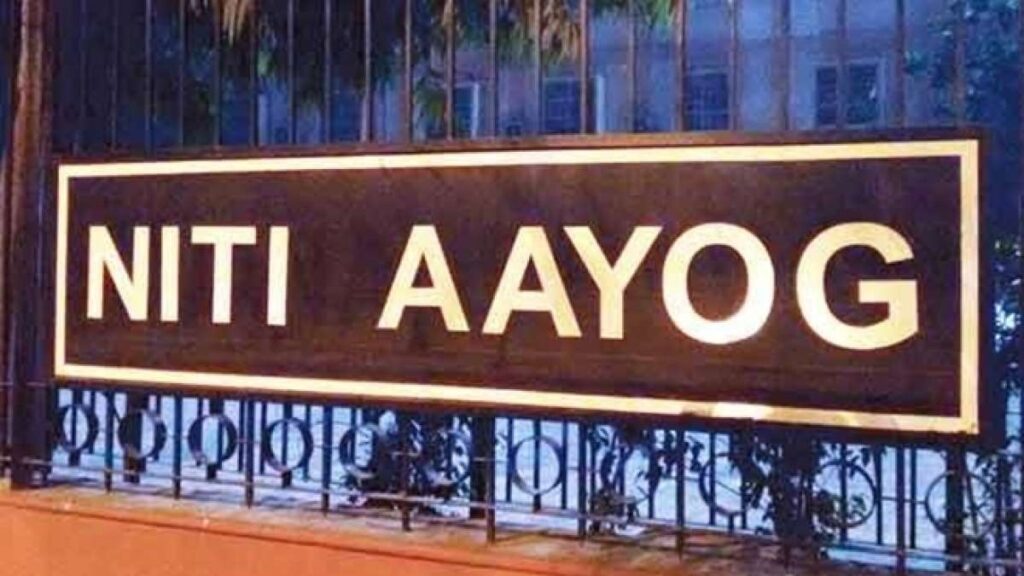NEW DELHI: Leveraging geopolitical opportunities, including US tariffs on China, a new NITI Aayog report has recommended targeted support to overcome a 14-17% cost disadvantage gap with competitors, to capture a 10% global market share in power tools and a 25% share in hand tools within a decade, sources told FE.
The report suggested the allocation of Rs 12,000 crore for cluster development, to be recouped through leasing fees and operations & maintenance (O&M) charges, with an additional Rs 45,000 crore from industry players over the next decade.
This ambition could generate approximately 3.5 million jobs, significantly boosting employment and economic development in the country.
While the global trade market for tools stands at around $100 billion today, projected to reach $180 billion by 2035, India’s share remains a fraction, with exports of $600 million (1.8% market share) in hand tools and $425 million (0.7%) in power tools.
China’s near-50% market dominance underscores the scale of the challenge, yet recent shifts, such as tariffs on Chinese goods and rising costs, offer India a rare window to redefine its role.
The report suggested developing 3-4 hand tool clusters spanning approximately 4,000 acres by 2035, with one cluster in Punjab, to enhance production efficiency and attract investment. Clusters should include plug-and-play infrastructure, worker housing, effluent treatment plants, convention centers, R&D and testing facilities, and reliable water and power supply.
Key products exported from India include wrenches, pliers, screwdrivers, and drills, with major exporters concentrated in states like Punjab and Maharashtra.
This report, a collaborative effort by NITI Aayog and the Foundation for Economic Development, could form the basis for policy intervention by the government for hand and power tools sector.
Intervention by the government can propel India toward a 10% share in power tools ($12 billion) and 25% ($25 billion) in hand tools, generating 3.5 million jobs along the way.
The Niti report has proposed a strategic framework anchored in three pillars: building world-class industrial clusters, reforming structural cost barriers, and providing targeted support where needed.
The cost disadvantages stem from structural issues, including higher raw material costs, lower labour productivity due to restrictive overtime regulations, elevated interest rates, and logistics costs for transporting goods from inland states to ports.
It suggested the enactment of flexible regulations for labour, building, factory, and environmental requirements; empowerment of Cluster Authority for time-bound approvals; and establish an independent governing council for R&D centers with industry and government representation.
To reduce factor market disabilities through structural reforms, the Niti report suggested rationalizing Quality Control Orders (QCOs) and reducing import duties on inputs like steel, PVC, and motors. It sought increased flexibility in working hours and overtime regulations, aligning wage norms closer to international standards. Simplify Export Promotion Capital Goods (EPCG) requirements, reduce import duties on machinery, and lower penal provisions like interest penalties. Addressing transport costs, ensuring affordable and reliable power, and tackling higher financing costs are also essential. Ensuring 24/7 electricity access in industrial clusters will help reduce reliance on costly captive generators (Rs 18/unit vs. Rs 7-8/unit).
Liberalization of Floor Area Ratio (FAR), ground coverage, and green cover norms to align with international standards, increasing usable land area and reducing investment costs will help address land availability/cost. Facilitating technology transfer through easier visa norms and import processes and promoting domestic R&D are also essential.
It also recommended providing bridge support to overcome cost disabilities in the event of delayed structural reforms. If factor market reforms are implemented, existing incentives (RoDTEP, duty drawbacks) suffice; no further fiscal support is required.
“If reforms are not implemented, provide Rs 5,800 crores over 5 years (beyond existing schemes) to offset 10-12% structural cost disadvantages: hand tools (Rs 3,450 crores) and power tools (Rs 2,230 crores),” the report noted, according to sources.
Source: The Financial Express

 M&A, PE Deals Hit Three-Year High In January-March
M&A, PE Deals Hit Three-Year High In January-March 